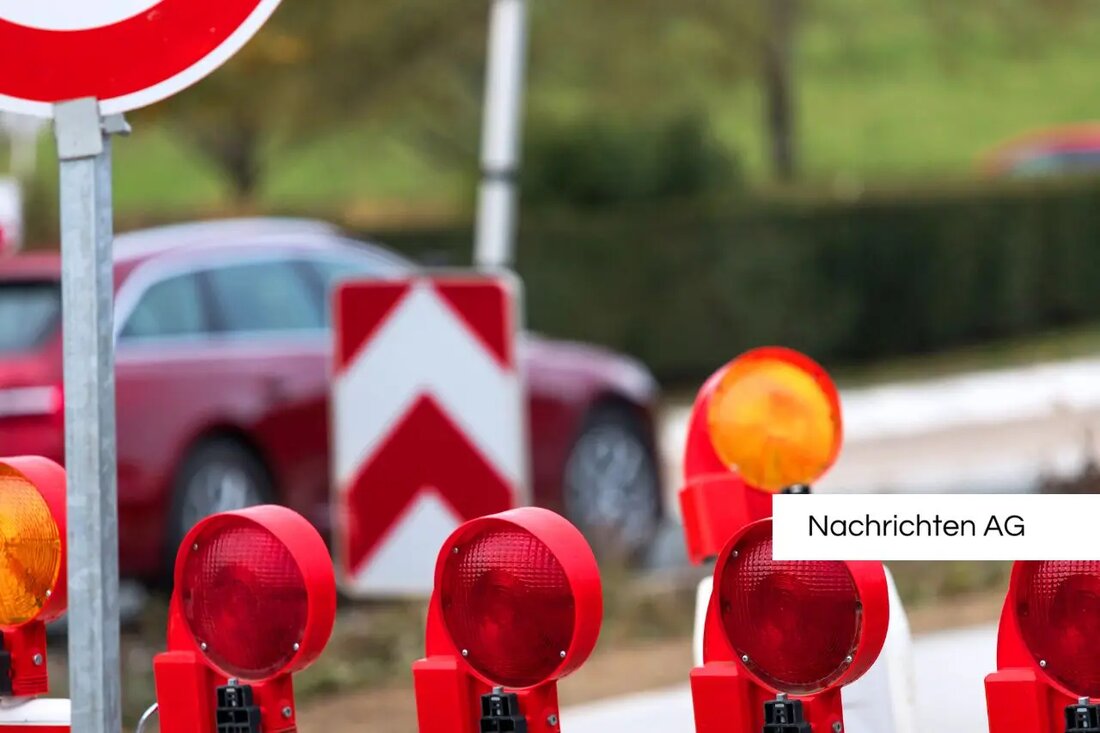Traffic traffic between Speyer and Schifferstadt: Cention of the bus lines begins!

Traffic traffic between Speyer and Schifferstadt: Cention of the bus lines begins!
The first replacement buses for travelers between the cities of Speyer and Schifferstadt start at around 11 p.m. This measure comes into force because the railway line has been closed for more than a month and the closure will continue until March 26. During this period, the Speyer train station becomes the final station for S-Bahn from Germersheim, while Speyer is also the starting point for trips in the southern direction. Travelers are recommended to use the rail replacement traffic that controls the Speyer-Nord and Schifferstadt-Süd stopping points.
The changeover also affects the regional express line 4 between Ludwigshafen and Karlsruhe, whose journeys are completely set during the route closure. A train trip from Germersheim to Schifferstadt is significantly more time-consuming, it now takes around 45 minutes, while it usually only takes 20 minutes in the S-Bahn. In the morning and evening hours, some S-Bahn trips between Speyer and Germersheim can also be completely out of the question, which presents travelers with additional challenges.
construction work and infrastructure measures
The underlying cause of the blocking is the removal of the dangerous level crossing in Iggelheimer Straße (K14) in Schifferstadt. In the course of these measures, a new bridge structure is collected. The transport area in the vicinity of the fairground in Schifferstadt is the central point for the extensive work that is carried out around the clock.
The work includes the dismantling of a section of the two -track rail route and the installation of a new bridge structure. At the same time, conversion measures for future road underpass, including the production of the side walls and the floor slab, take place. The shell construction work is to be completed by the end of 2025, while the final road work is going on by 2026. A traffic release is expected to be possible at the end of 2026 or early 2027, which also requires patience from residents and road users.
The elimination of the level crossing aims to increase the safety and efficiency of rail transport in the region. The annual trend in rail passenger traffic shows a steady increase in passenger numbers in many EU countries, which underlines the relevance of such infrastructure projects. In 2023, 429 billion person kilometers (PKM) were covered on the rails across the EU, which has been the highest value since data acquisition began in 2004. For passengers in Germany and the adjacent countries, this measure could be an advantage in the long term, despite the current inconvenience.
In the Eurostat database, further data on passenger numbers and kilometers of people are available, where information on developments in rail transport in the individual EU countries can also be accessed. This is particularly relevant, since the number of passengers in many regions has increased significantly since the dramatic declines during the 2020 pandemic, which illustrates the need for infrastructural adjustments and improvements.
| Details | |
|---|---|
| Quellen | |
